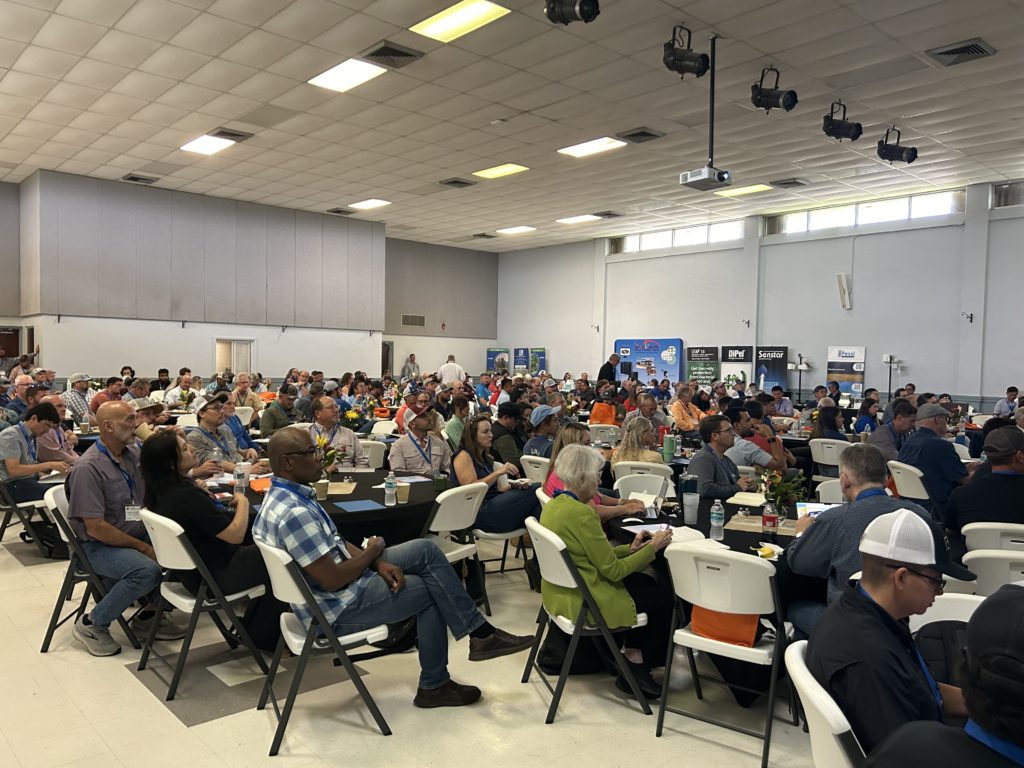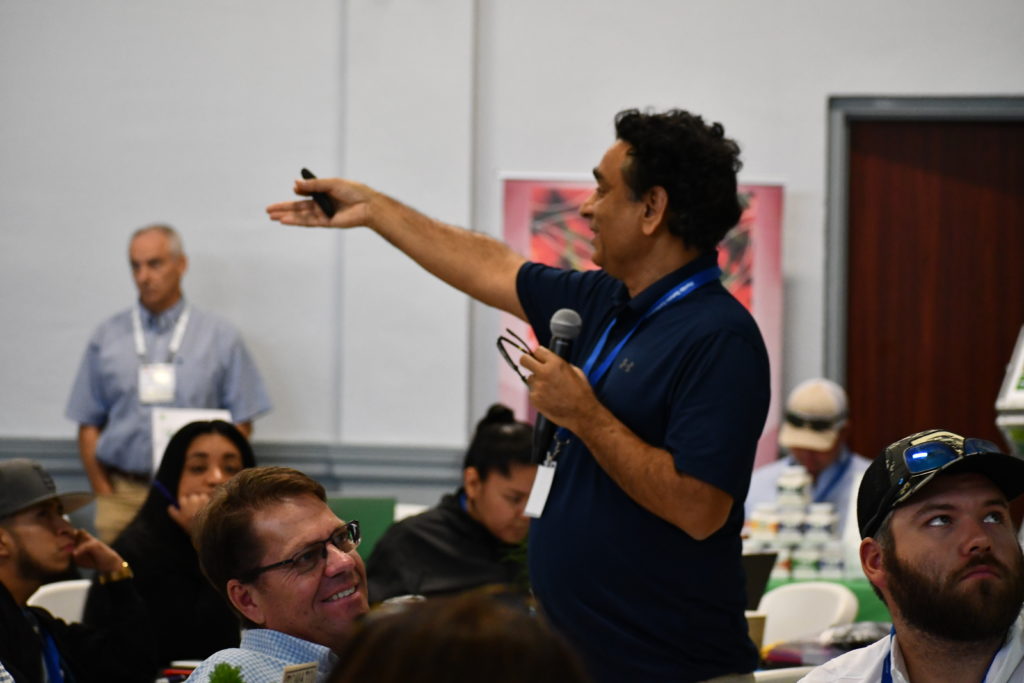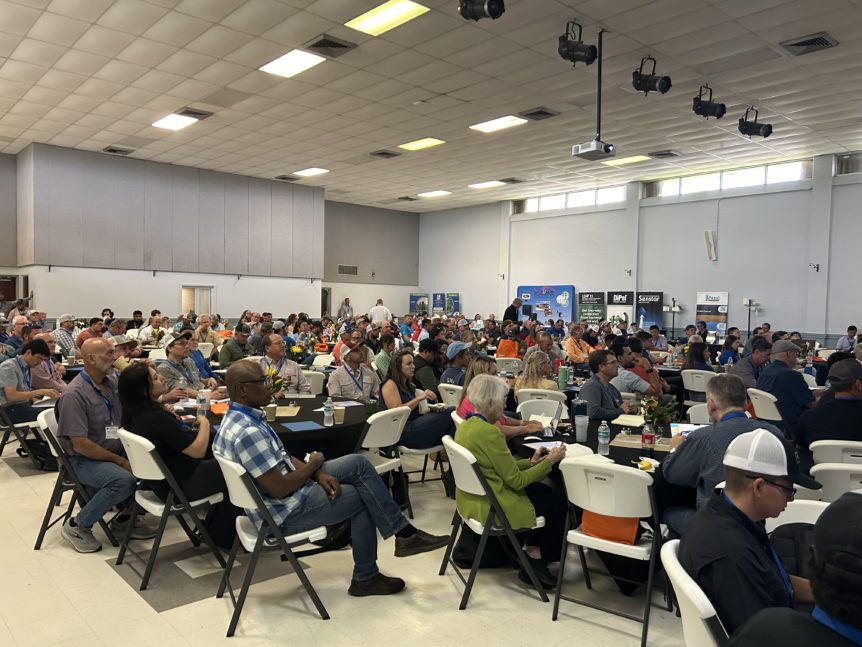
The 2024 Florida Tomato Institute drew a large crowd of growers and other industry stakeholders to Clewiston, Florida, in early September. The event showcases the latest in tomato research, new product offerings from industry and a food-safety workshop.
TOMATO TRADE DEFICIT
Zhengfei Guan, an economist with the University of Florida Institute of Food and Agricultural Sciences (UF/IFAS), spoke about the U.S. trade situation and how many commodities, including tomatoes, are now in a trade deficit.
Guan noted that the imbalance in trade with Mexico is particularly pronounced. Half of the agricultural imports from the country are fruits and vegetables. Tomato growers in Florida and the Southeast have felt those impacts for years as the volume of Mexican tomatoes spiked. Currently, the U.S. tomato industry is requesting that the Commerce Department terminate a trade suspension agreement with Mexico. The request contends the agreement has done nothing to slow the surge of Mexican tomatoes into the United States.
PHOSPHORUS RATES
Sanjay Shukla, UF/IFAS professor of water resource engineering, spoke about work to update nutrient recommendations for tomatoes. His presentation focused on phosphorus rates. These recommendations, when adopted, will be used as guidance for the state’s best management practices program, which is administered by the Florida Department of Agriculture and Consumer Services.

While the work is still preliminary, Shukla said that indications are that current phosphorus recommendations for tomatoes need to be changed. Yield responses in field trials have varied.
In the central part of Florida, yields respond positively in the range of 100 to 200 pounds of phosphorus per acre. In southern areas, the yield response rate is about 75 pounds per acre. Across the majority of farms, Shukla said fields need at least 75 pounds of phosphorus per acre to avoid yield loss. In addition, initial research indicated that the Mehlich-3, which is the current soil-testing standard, is not an adequate measure of phosphorus. Shukla said further analysis is needed to determine the best measure.

By Frank Giles










